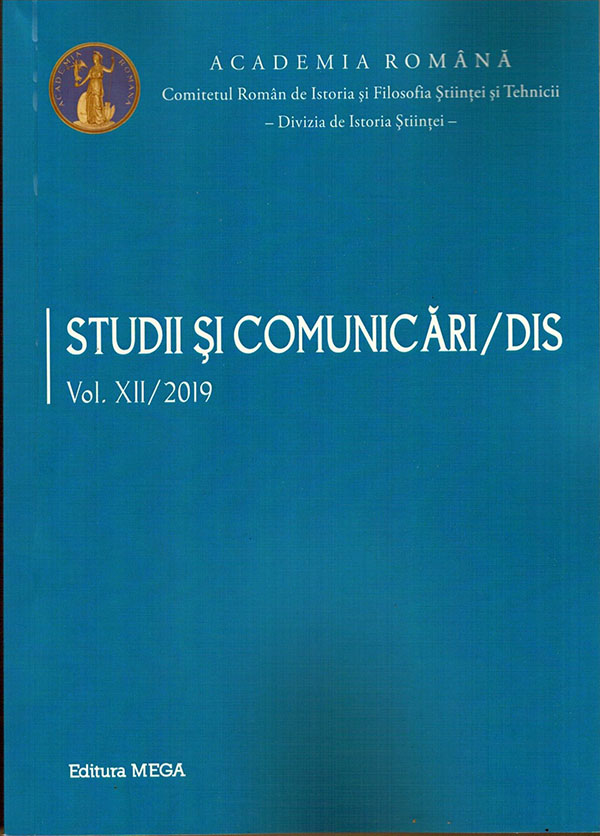Tradiţie și manierism în arhitectura așezămintelor monahale brâncovenești și influenţa acestora asupra satului românesc
Tradition and mannerism in the architecture of Brancovan monasteries and their influence upon Romanian villages
Author(s): Iancu Tănăsescu, Camil Tănăsescu, Gabriel TănăsescuSubject(s): History, 17th Century, 18th Century
Published by: Editura Mega Print SRL
Keywords: voivode Constantin Brancoveanu; Brancovan architectural style; mannerism; tradition;
Summary/Abstract: The paper explores the characteristics of the Brancovan architectural style, as evident from churches and monasteries erected by voivode Constantin Brancoveanu (1688–1714). Among such characteristics, we mention a mannerist orientation seen in the bell tower, the walls, the defense ditches, the water channels, the monks’ cells, the cellars, the water pipes, the churches and the surrounding gardens. The Brancovan Churches have the seven braces supported on limestone or marble sculptures, with floral drawings, and the rows of bricks are in the form of saws and horseshoe arches. The patterns of the Brancovan settlements, in which Constantin Brancoveanu invested his income, were based on family decisions, the originality and perfection of settlements, though manners, including the evidence of purity of faith identified in the knowledge of self-sacrifice. The Brancovan edifices retained the characteristic of imposing a certain group safety.
Journal: STUDII ȘI COMUNICĂRI/DIS
- Issue Year: 2019
- Issue No: 12
- Page Range: 381-398
- Page Count: 18
- Language: Romanian

